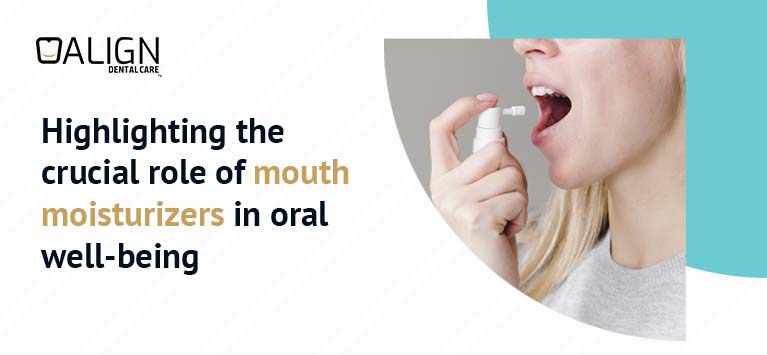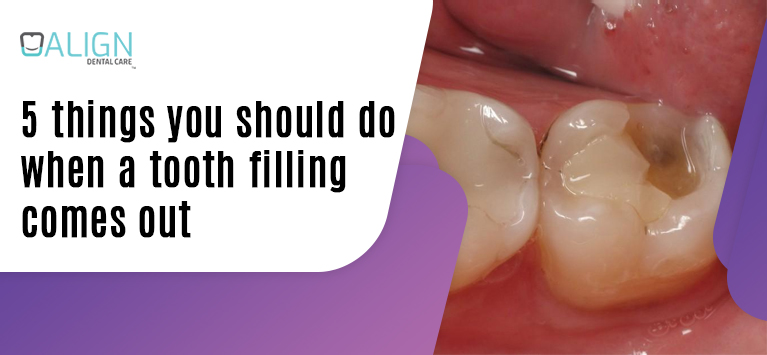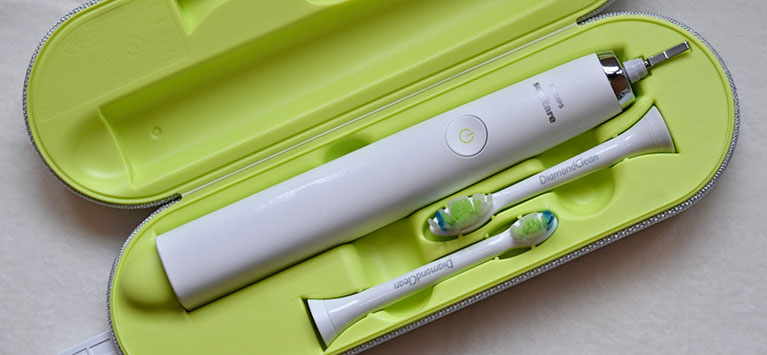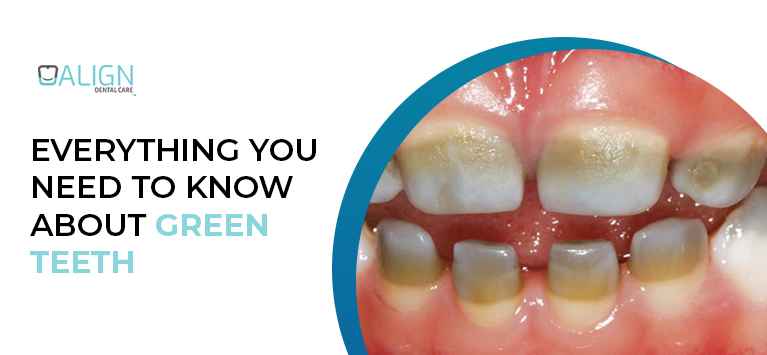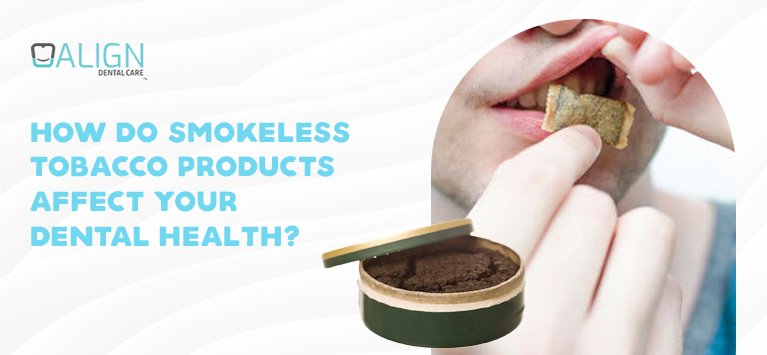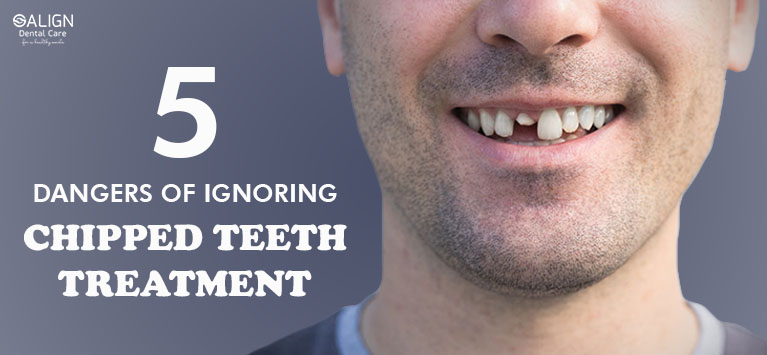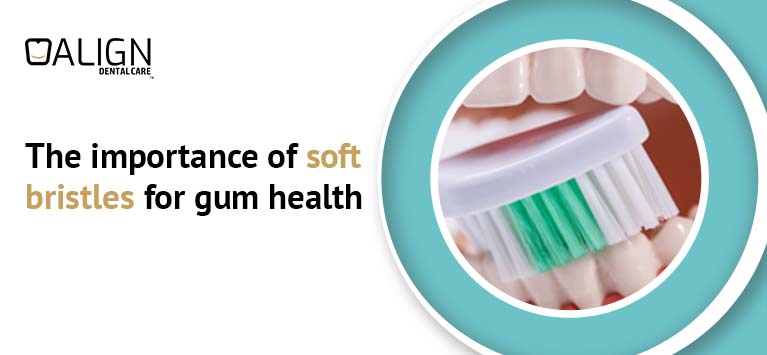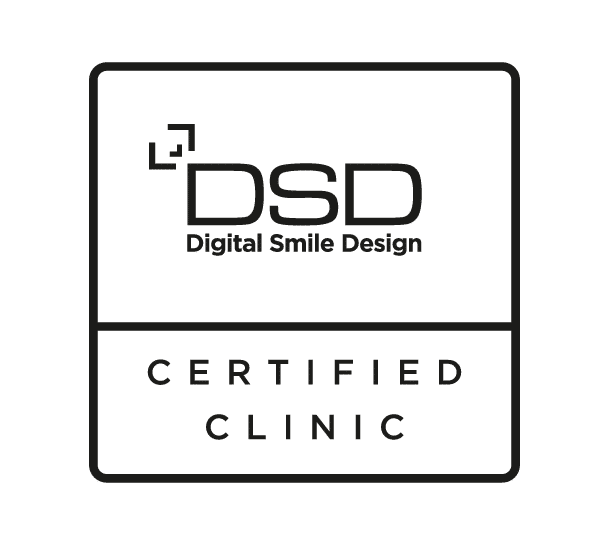
How do post tooth extraction infections occur?
Tooth extraction is a widely performed, minimally invasive dental procedure. It is recommended if a tooth is severely infected or to get rid of tooth pain triggered by wisdom teeth. This procedure is safe and straightforward because the teeth extractions are carried out with proper disinfectants like antibiotics to prevent infection.
Post extraction complications like pain and bleeding are common. However, some people develop bone infections after removing problematic teeth. Such infections after tooth removal are uncommon but a few individuals mistake it as a dry socket.
Keep reading to know more about the possible causes of infections at the tooth extraction site.
Table of Contents
What are the potential complications of dental extractions?
Similar to bleeding, swelling, and pain in the place where the tooth used to be, the patient will encounter the following difficulties also.
- Dry Socket – Once a tooth is pulled out from its bony socket, a blood clot would is formed. It appears as a dark-colored scab and protects the bone, and nerve endings during the healing process. At times, activities like sucking, smoking disrupt the formed clots so that the nerves, tissues, and bone are exposed. This condition is clinically called “Dry Socket” and provokes sharp, acute pain.
- Jaw fracture – Fracture in the jaw bone following a tooth extraction is unusual but occurs in patients with a weak jaw bone. For instance, the jaw bone is quite weak for senior adults and people with gum diseases. When a dentist exerts pressure to remove the diseased tooth, the force might cause a crack in the underlying bone.
Remember that the bacteria are still alive in the mouth even after removing a severely decayed tooth. It means the microbes can deposit on the gum line around the socket. This eventually ends in the socket infection.
What will happen if the socket infection is left untreated?
If you let the bacteria, germs, or other microorganisms enter the socket where the removed tooth used to be, the infection spreads to the underlying regions including bone. In such circumstances, you will get bone infection. It is clinically termed osteomyelitis. It is linked with a life-threatening condition called “Sepsis”.
In essence, the infections in a dental socket will lead to bone infection and are followed by opening a way for the microbes to enter the bloodstream.
What are the signs of infection after tooth extraction?
If you notice or encounter any of the following troubles after removing a tooth surgically, then you might have a bone or socket infection.
- Bitter taste in your mouth
- Foulness in the mouth even after brushing
- Inflammation in gums
- Sensitive teeth
- Swelling of the jaw
- Fatigue
- Fever
- Pain in the tooth extracted region
- Swollen lymph nodes
- Puss coming out from the socket
- Numbness in your mouth that exist for weeks
How can we prevent infection after dental extraction?
There are 2 things you should do after your dentist pulled out a tooth: keep your mouth clean & follow the aftercare instructions your dentist prescribes.
As discussed earlier, oral bacteria can survive even after removing the infected teeth. Hence you should eliminate them with activities like saltwater rinse, brushing, etc. Meanwhile, you should carry out these activities carefully without disrupting the blood clot formed.
So it is mandatory to emulate what your dental doctor told after extracting your teeth.
Bottom line
The infections after removing a tooth or multiple teeth are uncommon but possible if the socket becomes contaminated. Generally, this infection takes at least 3 to 4 weeks but you might get warning signs like bleeding, redness around the hole caused due to extraction, etc.
If you witness any abnormalities after teeth removal, contact your dentist immediately.
Want to know the essential instructions dentists suggest to keep the tooth extraction site clean and prevent infections? Contact us. We are ready to reply.










